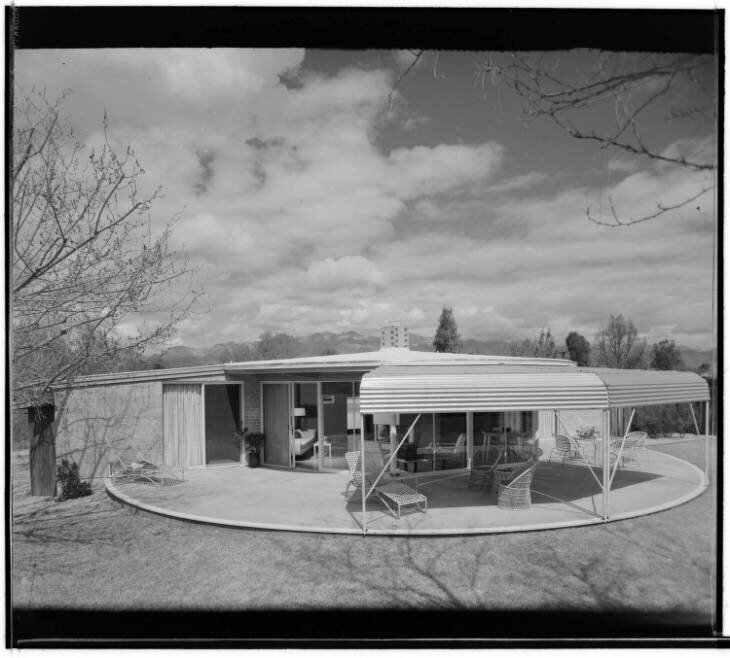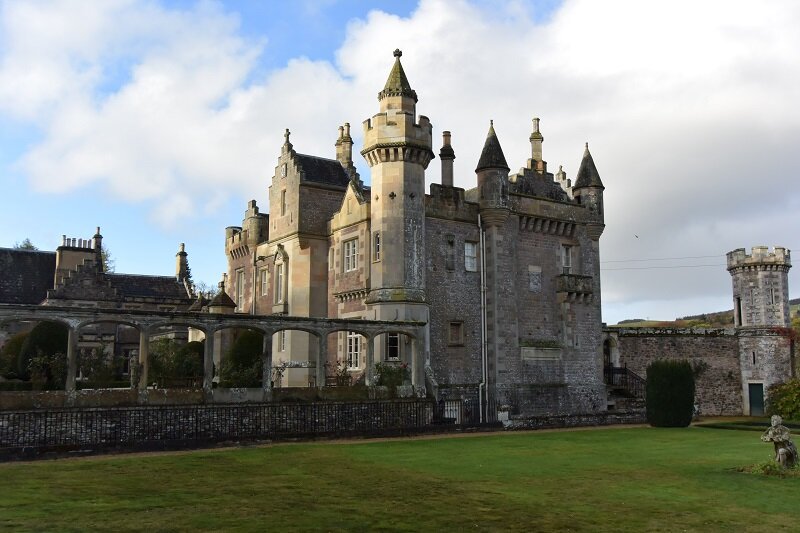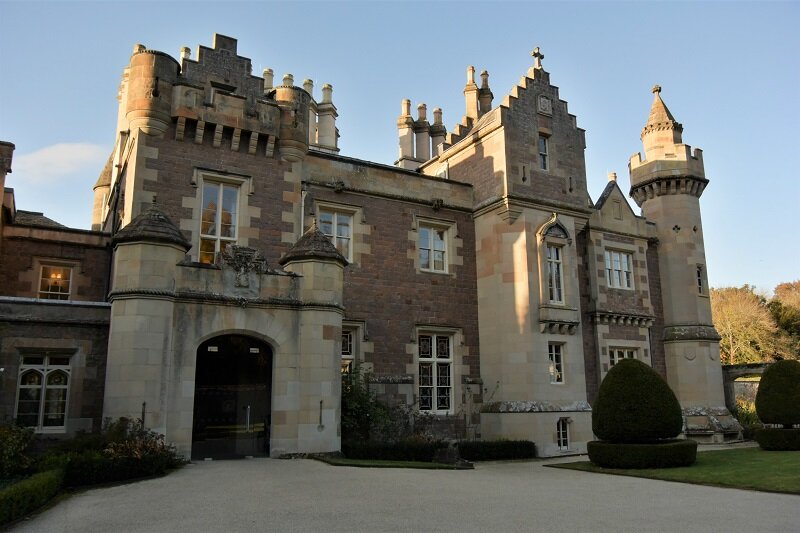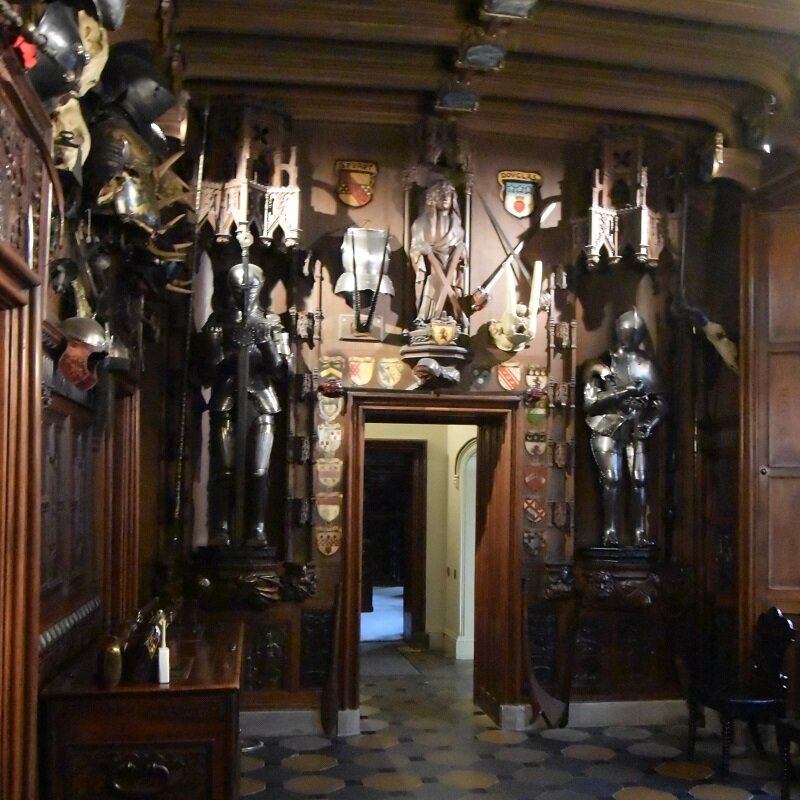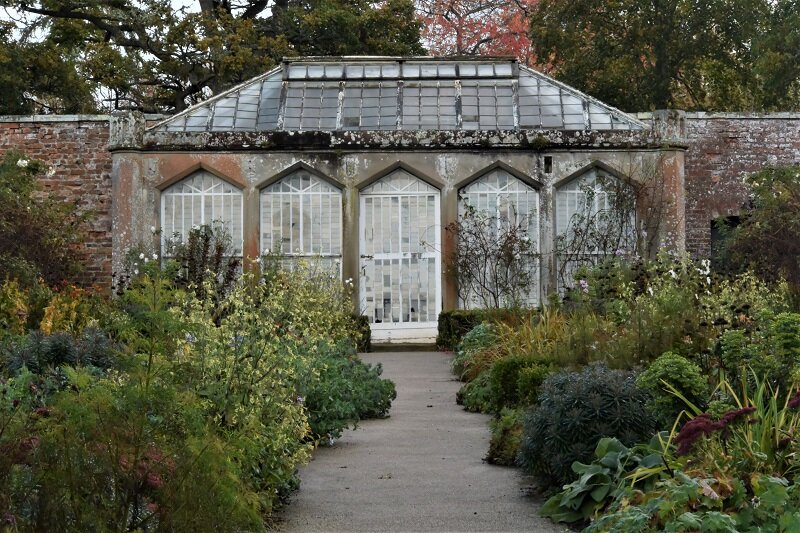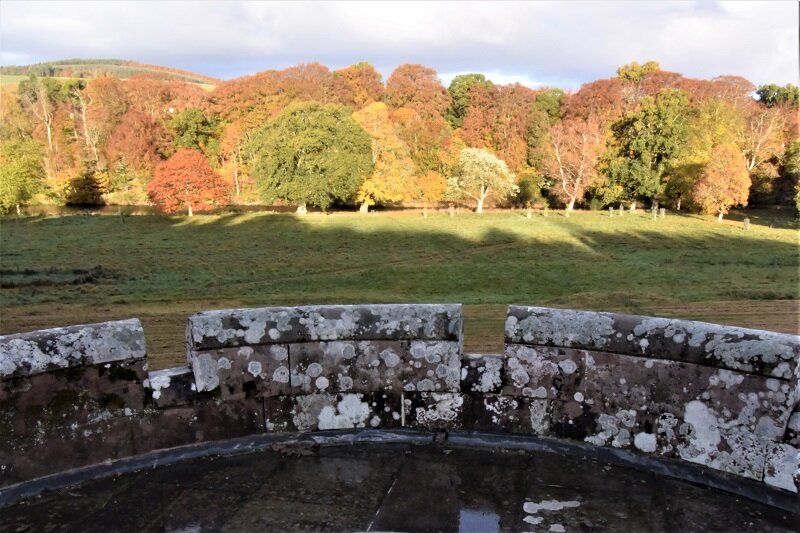The concept of surface reading is several years old but it seems to have gained quite a bit of currency lately. Briefly, the idea of surface reading is this: when examining a text or other cultural production, the important meanings are in the foreground rather than the background. According to this line of thought, too much scholarship is too focused on the background, the obscure meanings and hidden agendas, so that importance of the foreground is lost.
Literary theory and architectural history are closely entwined, at least since the 1980s. So it’s not surprising that surface reading was conceptualized in part by Sharon Marcus, who, while not an architectural historian, has written about historical buildings and environments. And she says explicitly that surface reading is a good approach to interpreting buildings. Marcus’ book Apartment Stories: City and Home in Nineteenth-Century Paris and London (1999) is notable for its interdisciplinary richness, as it draws upon history, literature, and sociology.
Surface reading, as I understand it, is principally a theory of negation, opposed to the dominant practice of symptomatic reading. The key figure in symptomatic reading is Fredric Jameson, who wanted to find the “latent meaning behind a manifest one” (and who performed a symptomatic reading of the Bonaventure Hotel). Marcus and Stephen Best frame surface reading in opposition to Jameson in the definitive article “Surface Reading: An Introduction.” They characterize Jameson’s symptomatic reading as:
“a mode of interpretation that assumes that a text's truest meaning lies in what it does not say, describes textual surfaces as superfluous, and seeks to unmask hidden meanings. For symptomatic readers, texts possess meanings that are veiled, latent, all but absent if it were not for their irrepressible and recurring symptoms.”
By contrast, Best and Marcus endorse the fact that surface reading:
“strive[s] to accurately depict the truth to which a text bears witness. Surface reading broadens the scope of critique to include the kinds of interpretive activity that seek to understand the complexity of literary surfaces—surfaces that have been rendered invisible by symptomatic reading.”
In the Chronicle of Higher Education, Jeffrey J. Williams characterized this position as “The New Modesty in Literary Criticism.” Williams wrote:
“In part, the shift represents a generational turnover, and dispensing with some of the overblown assertions of literary theory is refreshing. But it also seems to express the shrunken expectations of academe, particularly of the humanities, and a decline in the social prestige of literary criticism.”
I agree with “refreshing” and I especially agree with “modesty.” I’m attracted to the concept of surface reading, because I want my scholarship to be modest. I tend to be cautious about making speculative claims; I don’t want to be wrong. I tend to let my historical research speak for itself. Does this reflect “shrunken expectations?” Maybe so.
Yet surface reading, it seems to me, is fundamentally limited because it is a contrary theory rather than an affirmative one. I get the importance of contrarian thinking, but isn’t it more consequential to offer new ways of thinking?
And symptomatic reading has been so powerful and so central to architectural historians of my generation that it is difficult to imagine rejecting it. For a given building, why wouldn’t you want to look ‘behind’ it to examine the psychology of the architect, or the motives of the owner, or the hidden political systems that it operates within? I think about Beatriz Colomina’s interpretations of Adolf Loos’ houses (here), or Sylvia Lavin’s reading of Richard Neutra’s treatment of his clients (here), or David Burke’s peeling-back-the-curtains of Lawn Road Flats (here). Without symptomatic reading, we’d be missing a lot!








